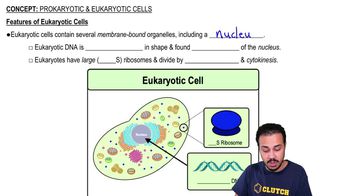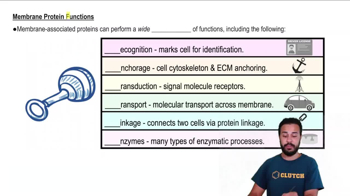Textbook Question
Which of the following clues would tell you whether a cell is prokaryotic or eukaryotic?a. the presence or absence of a rigid cell wallb. whether or not the cell is partitioned by internal membranesc. the presence or absence of ribosomesd. Both b and c are important clues.
1835
views






